Katsuren Peninsula: rich sea where coral reefs live
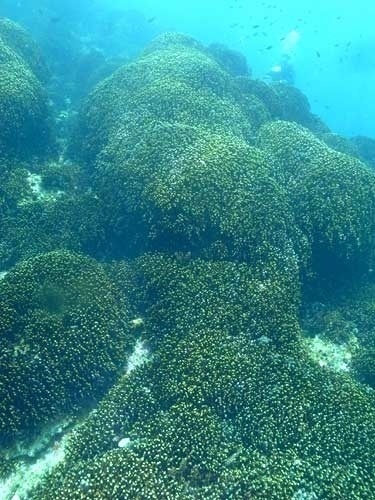
Worldwide rare blue coral colony. According to diver Masayuki Tamae, the coral is spread over an area of 120 ×110 meters, at Yokobish reef (water depth about 4.4 meters). Off the coast of Uruma on September 23.
October 15, 2015 Ryukyu Shimpo
Under the blue sea off the coast of Katsuren Peninsula, Uruma City, where helicopters belonging to Japanese Self-Defense Forces and U.S. military fly over frequently, precious coral colonies such as blue coral and Pavona cactus, commonly known as ‘lettuce coral’, abound. Small creatures, such as sea slugs and anemone fish, live there.
Masayuki Tamae, 60, from Henza Island, who works as a diver, said, “A rich natural environment remains in the sea of Uruma, but this is not known to people.”
Takaya Kinra, a Ryukyu Shimpo photographer who went diving in the sea in September, reports.
(English translation by T&CT)
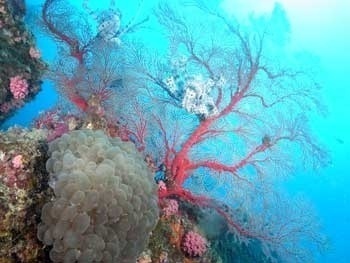
Mizutama coral Plerogyra sinuosa (front left) and Ishobana Melithaea flabellifera have a symbiotic relationship at Tsuken reef 20 (water depth of about 16 meters).
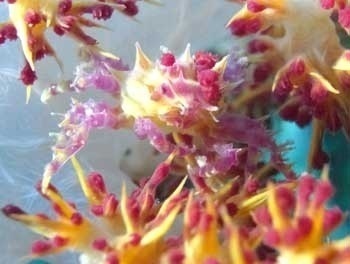
Hoplophrys oatesii or Candy crab mimics a soft coral Alcyonaria at Tsuken reef 20 (water depth about 9 meters).
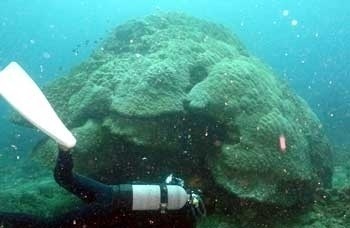
Huge hamasango corals or Porites cylindrica, which is 6 meters in diameter, at Yokobishi reef (water depth about 13 meters)
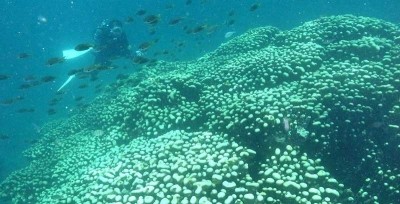
Komonshikoro coral (Pavona cactus), commonly known as ‘lettuce coral’, is 17 meters in diameter and 12 meters in height. Some parts of it have collapsed due to a typhoon. However, it is still spectacular. At Yokobishi reef (water depth about 5 meters)
Previous Article:Governor Onaga to attend 110th immigration anniversary ceremony in Peru
Next Article:Two typhoon experts at University of the Ryukyus collaborate
[Similar Articles]
- Large coral reefs found in the seas surrounding Iriomote, Ishigaki Islands
- Largest coral clump in Japan discovered in Nagura Bay
- Under blue skies, the season for harvesting fresh lettuce arrives in Itoman City
- MIyako Island coral reef dies due to high water temperatures
- MOD insists corals ineligible for transplantation only one month prior to Henoko soil deposits
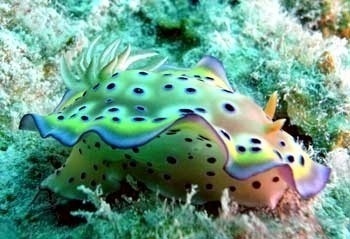
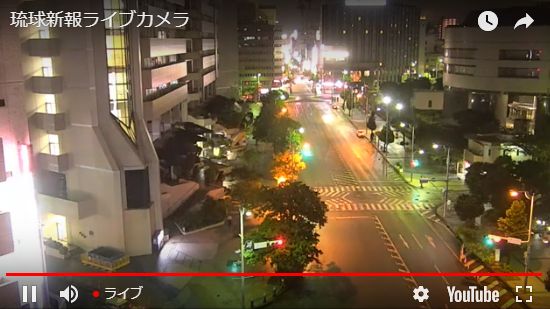 Webcam(Kokusai Street)
Webcam(Kokusai Street)


